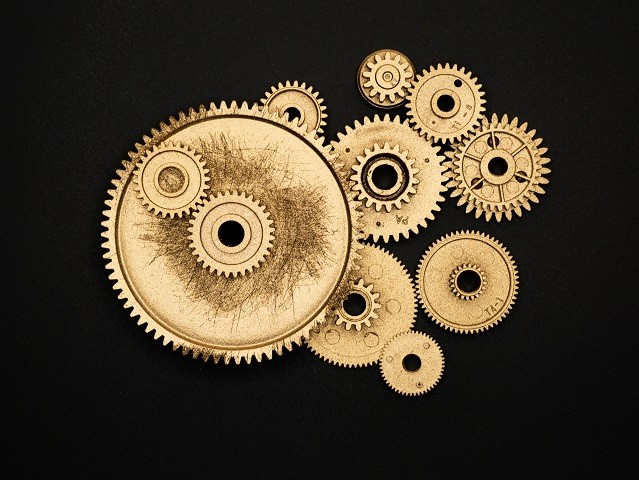Shaping the Future of Biomedical Applications
In the science fiction film Back to the Future Part II Marty McFly and Doc travelled from 1985 to 2015. There, they experienced a whole set of new futuristic tools, including flat screen TVs, video-mobile communication devices, glasses with augmented reality (RA) and tablets. When the movie came out, these devices were nothing more than a dream. But the future they predicted is now our everyday reality. The same goes for biomedical technologies. Movies such as The Manchurian candidate or Upgrade featured smart biomedical systems implanted in the human body to check and improve health or capacity. The focus of today’s biomedical research is not far from this. Today a new class of smart actuating materials is transforming future (and present) biomedical technologies, taking sci-fi applications one step away towards reality. The future of biomedical technologies is the focus of the H2020 FETOpen funded project BioWings. The project aims to study and implement a new class of actuating materials to be integrated into biocompatible Micro-Electro-Mechanical Systems (MEMS). The MEMS are key components of smart biomedical systems enabling miniaturised devices with diagnostic, prognostic and therapeutic functionalities. However, the development of biocompatible actuator materials is too slow to allow these new biomedical devices to enter the mainstream market. BioWings is working to overcome this by employing highly defective cerium oxides to develop a new class of materials. These oxides contain radically different properties compared to existing ones. In particular, they are environmentally friendly and not toxic, they enable low power consumption devices thanks to their exceptionally high and still uncapped electrostrictive response under moderate electric fields and they are fully compatible with silicon-based technologies and other substrates (e.g. metals and polymers). Led by Danmarks Tekniske Universitet, the project’s multidisciplinary team includes partners from academia, industry and the medical sector. Together they work on identifying a basic – core – concept, to relate, systematize and understand the material properties to take advantage of them in a relevant innovative application with a wide future perspective. Alongside its scientific focus, BioWings looks to create market opportunities. FET projects in general are a good laboratory for future technology to be turned into a marketable product through viable business opportunities. By considering new potential products deriving from the future emerging technology, the researchers and product developers look at the innovation from a completely new perspective. Questions such as “what is the highest possible performance for this new material?” are replaced by “what is the end users’ challenge I am going to solve with this new material?” So far, the project has developed around ten new ideas that have been validated via sound “innovation management approach” drawing on end users and business cases. This ensures smooth technology transfer into the market. In BioWings, terms like “business model” and “business plan” are familiar to the project participants and steer the final technology roadmap towards what could have a relevant impact on the market yet keeping a high degree of basic science. The trick is to consider the user perspective while scientifically diagnosing performance limitations and then to figure out how an idea for innovation may eventually help as a product.
Keywords
Bio-compatible materials, futuristic tools, biomedical technologies, Micro-Electro-Mechanical Systems (MEMS), biocompatible actuator materials, smooth technology transfer



